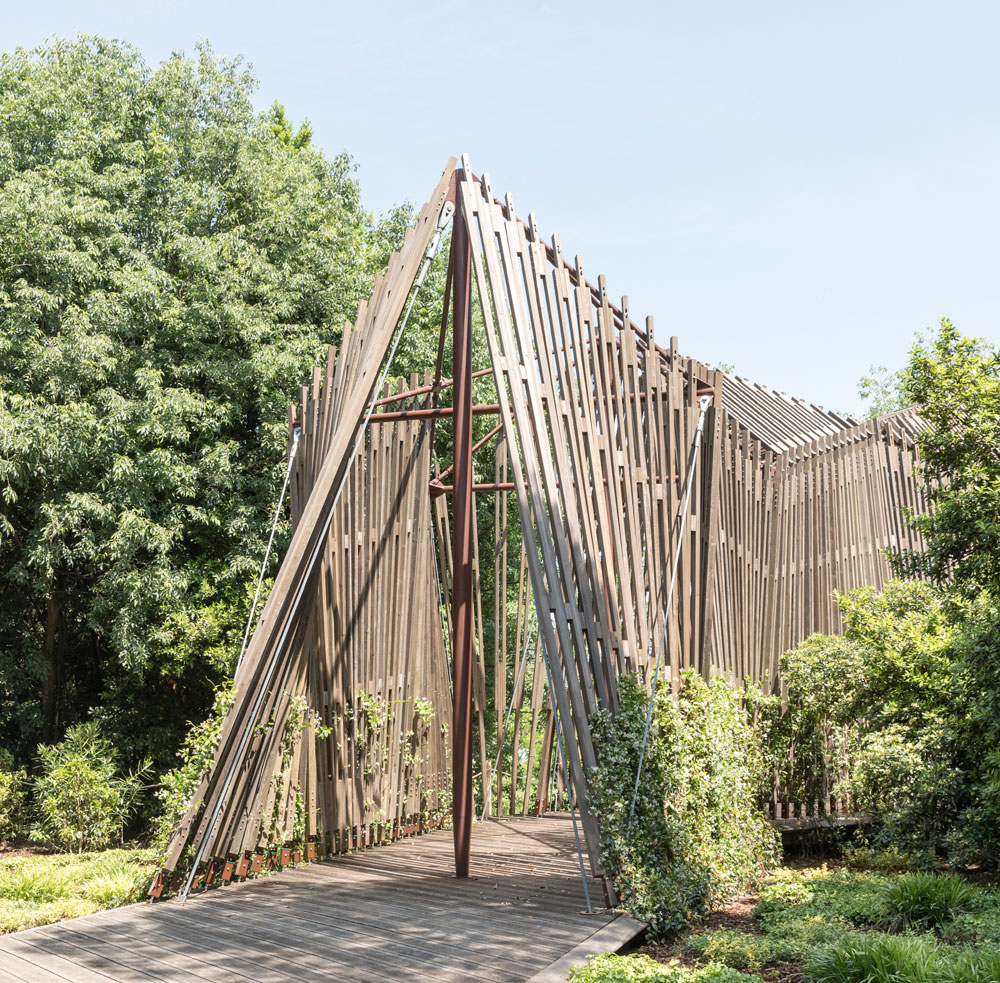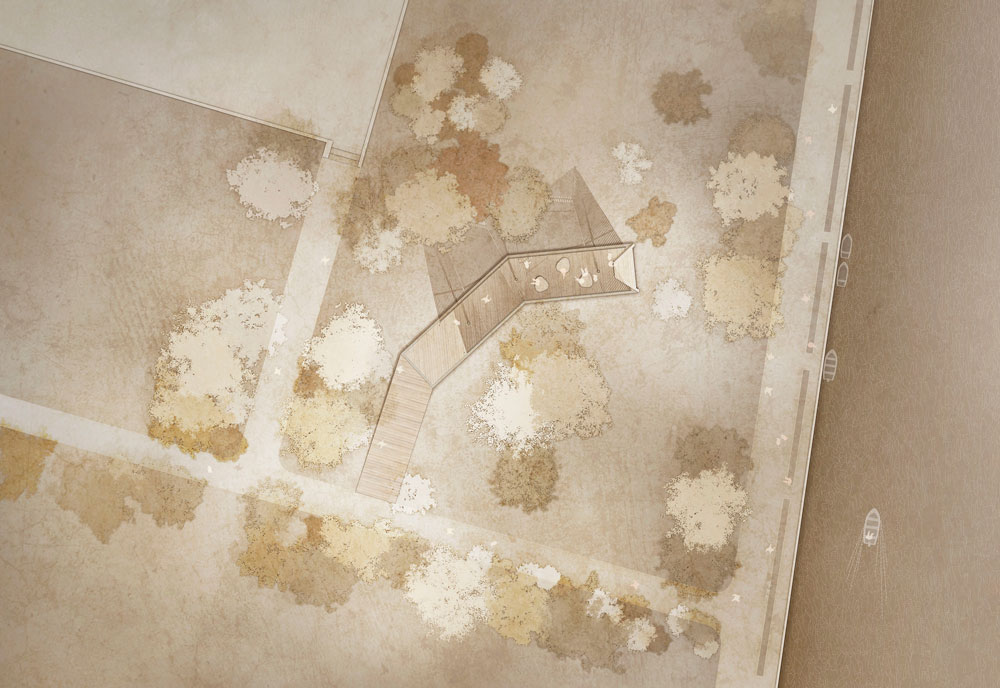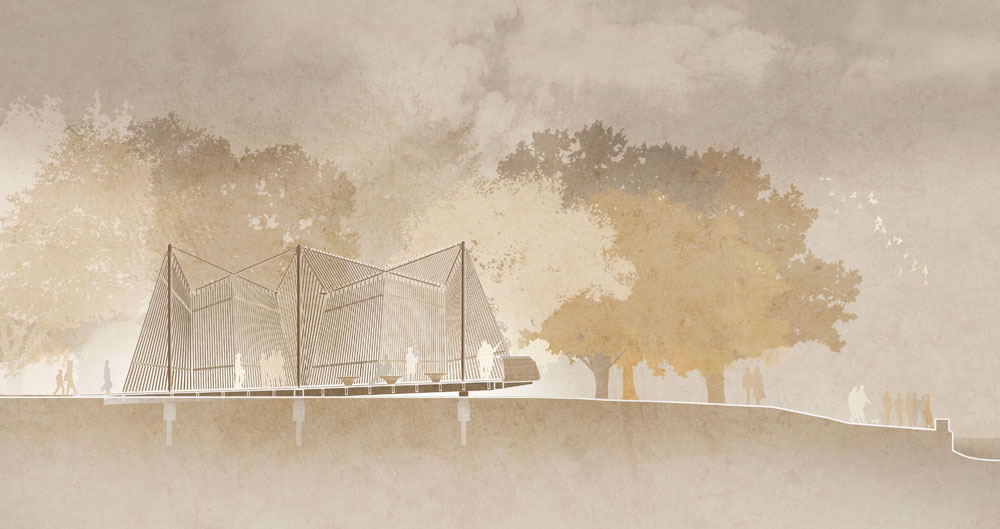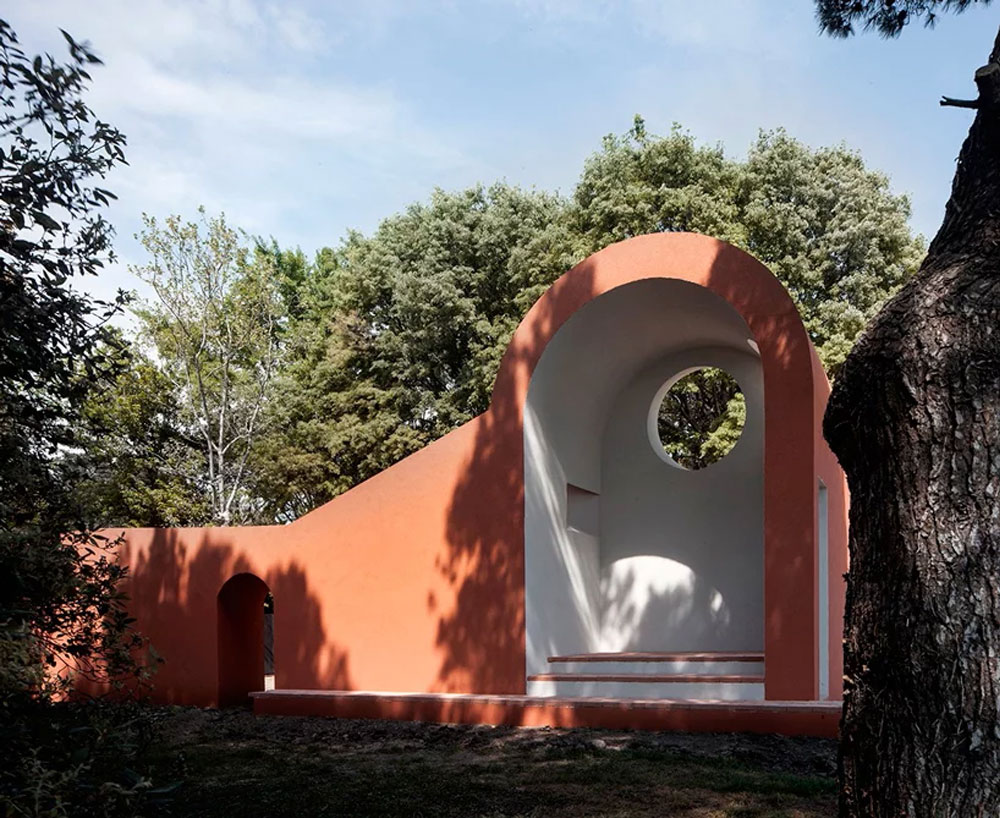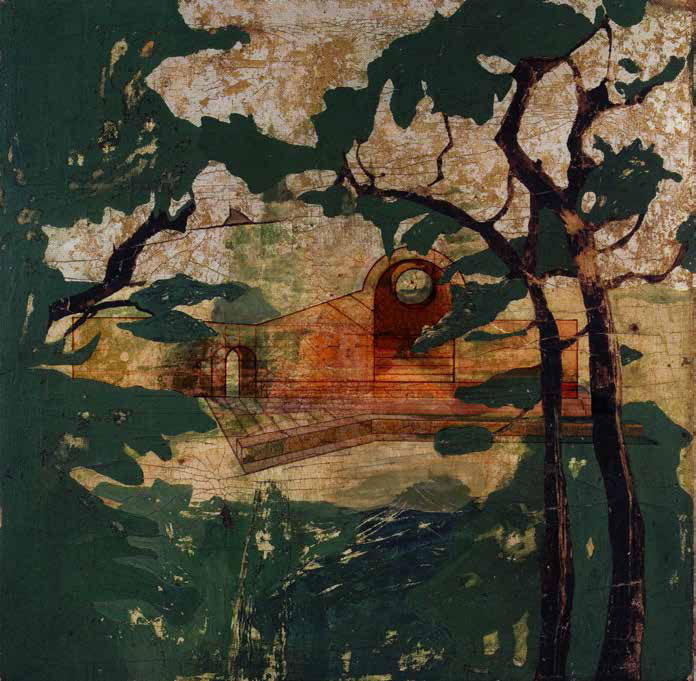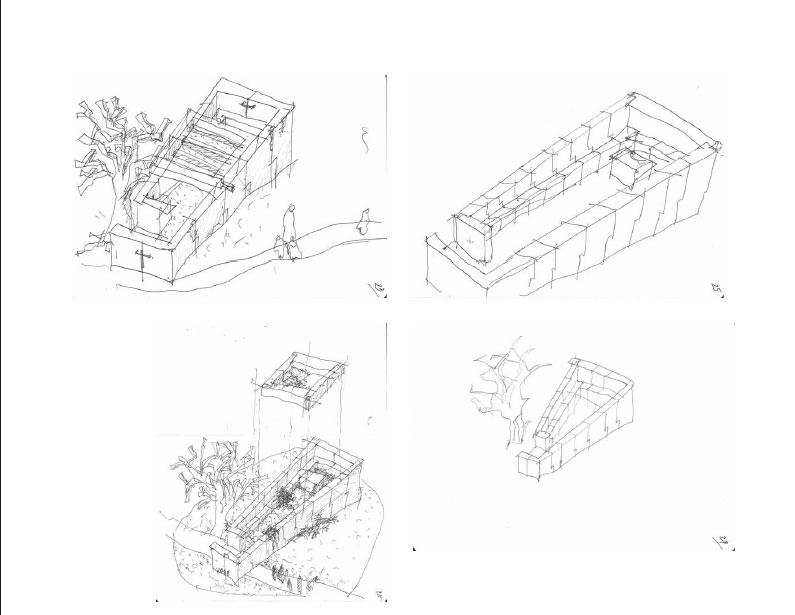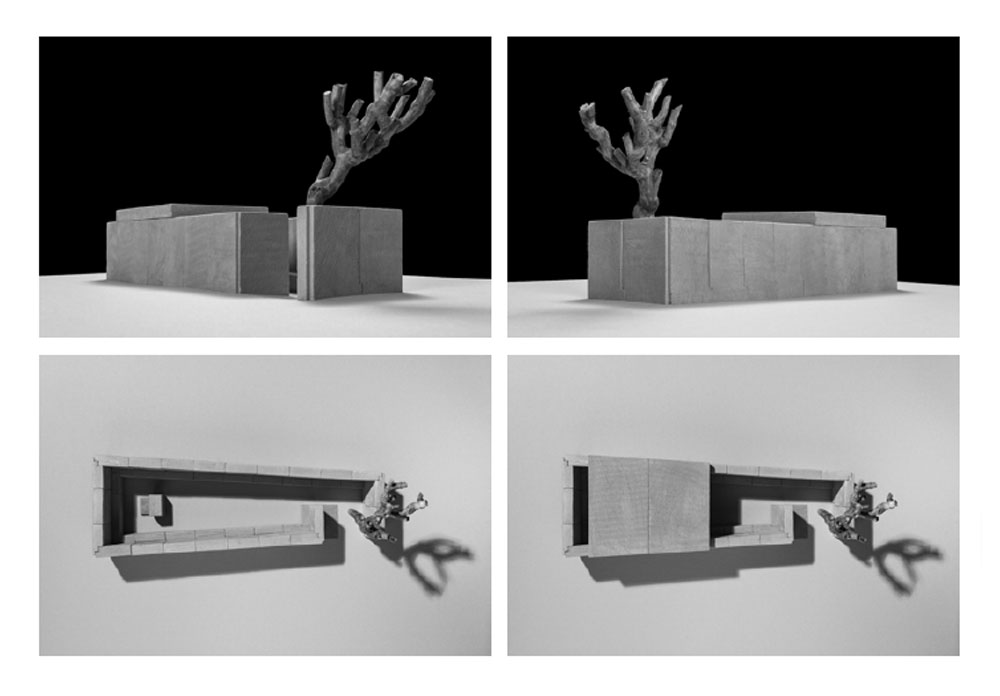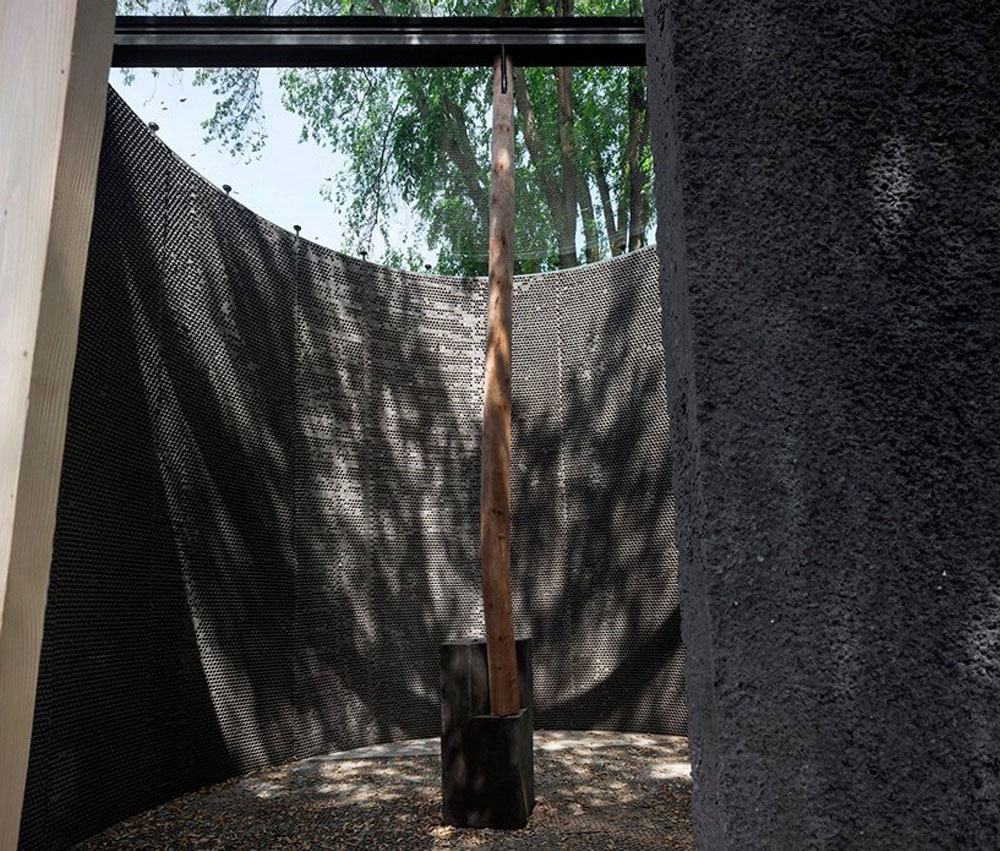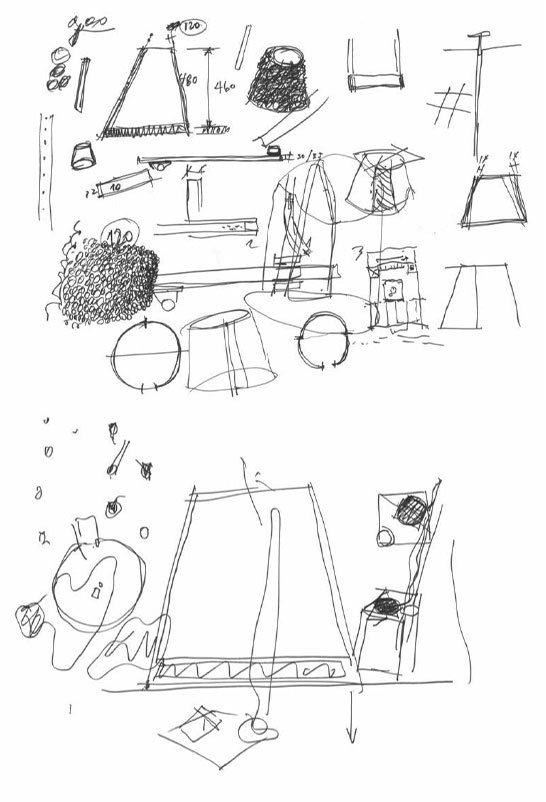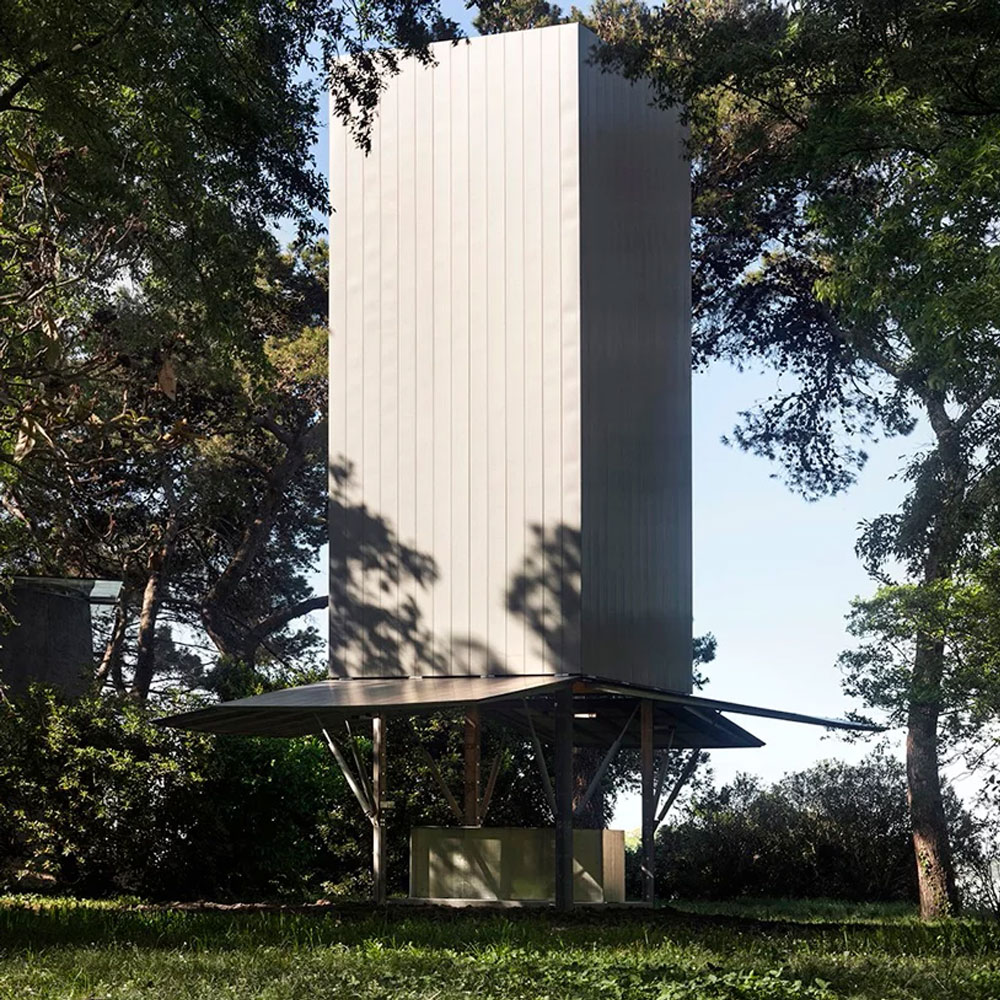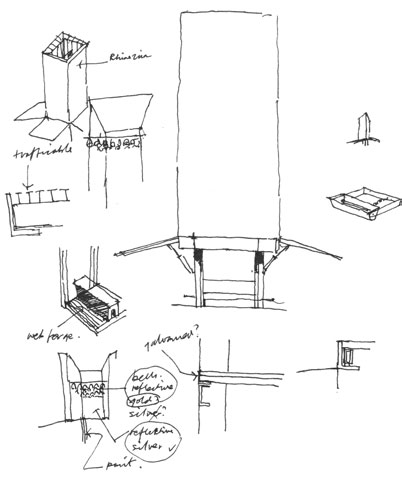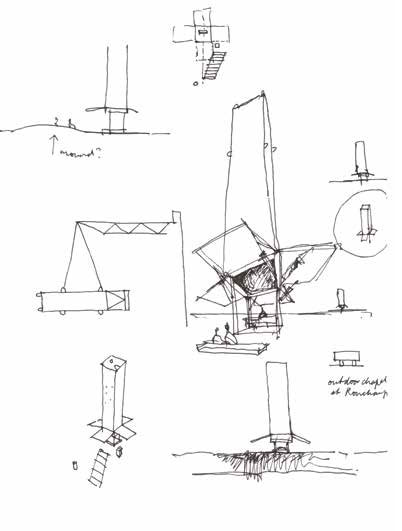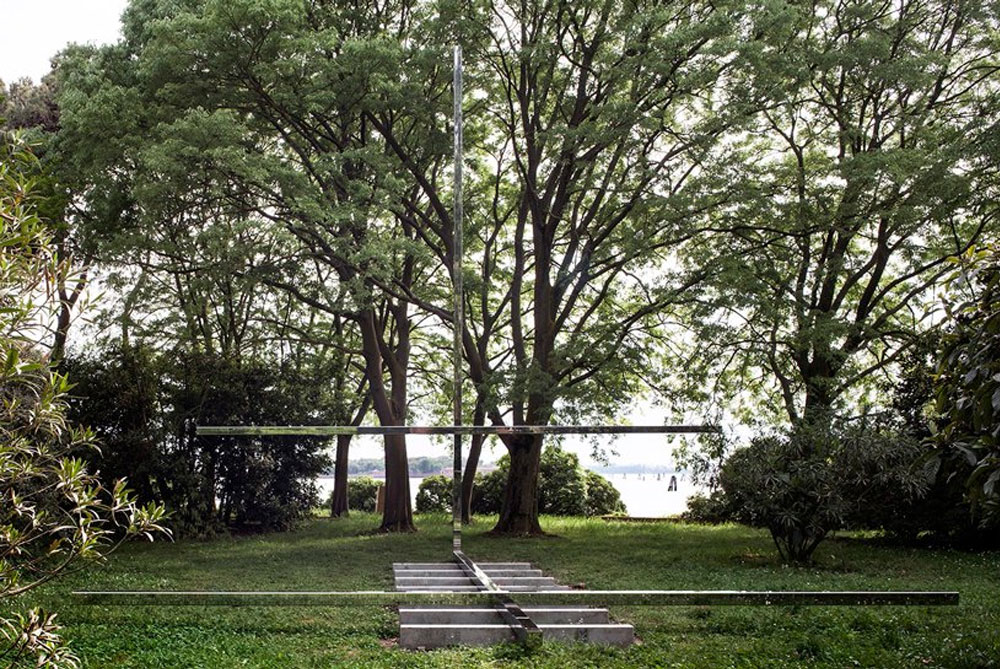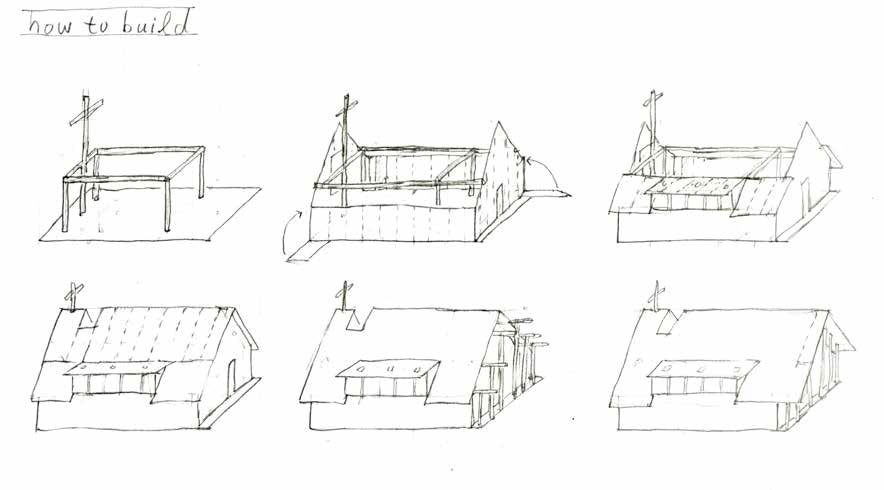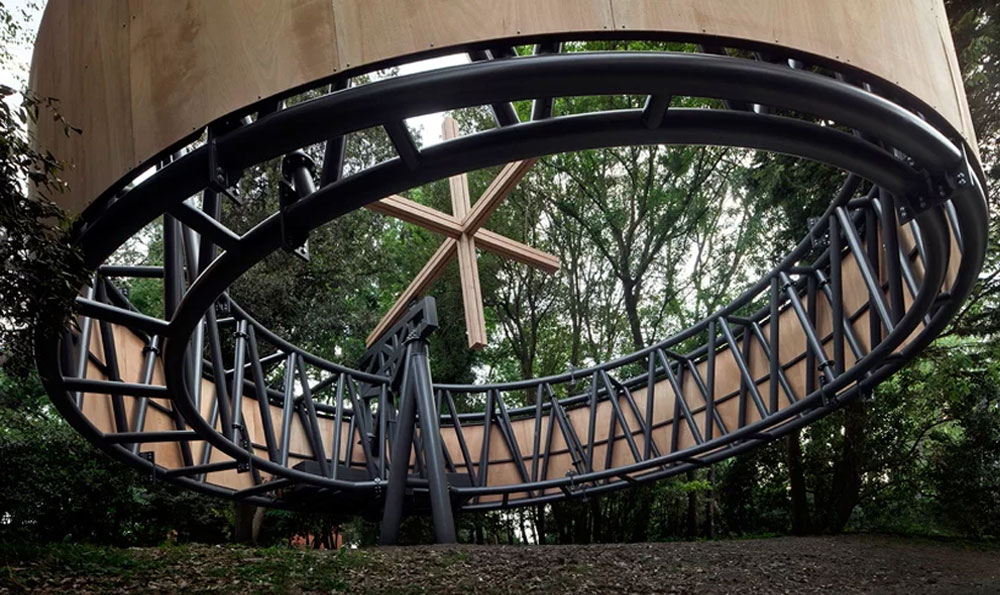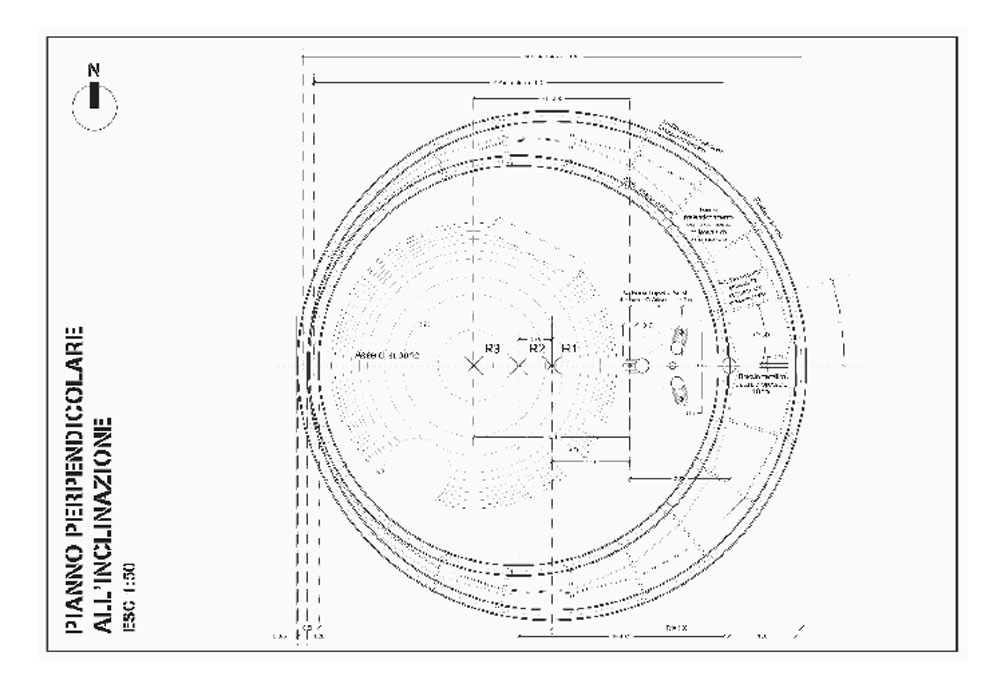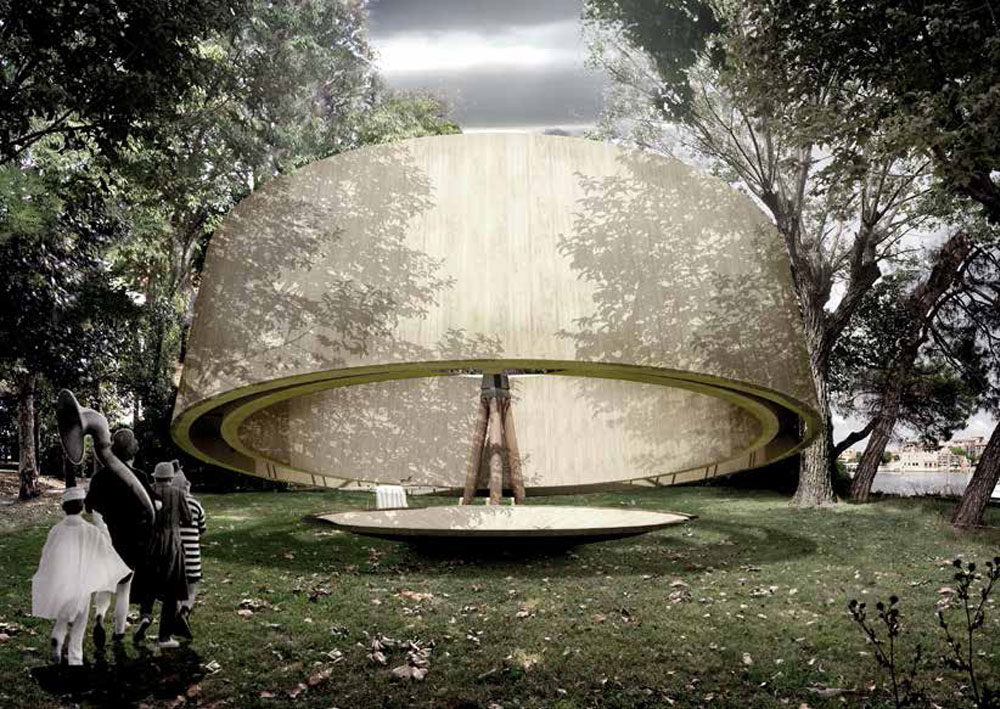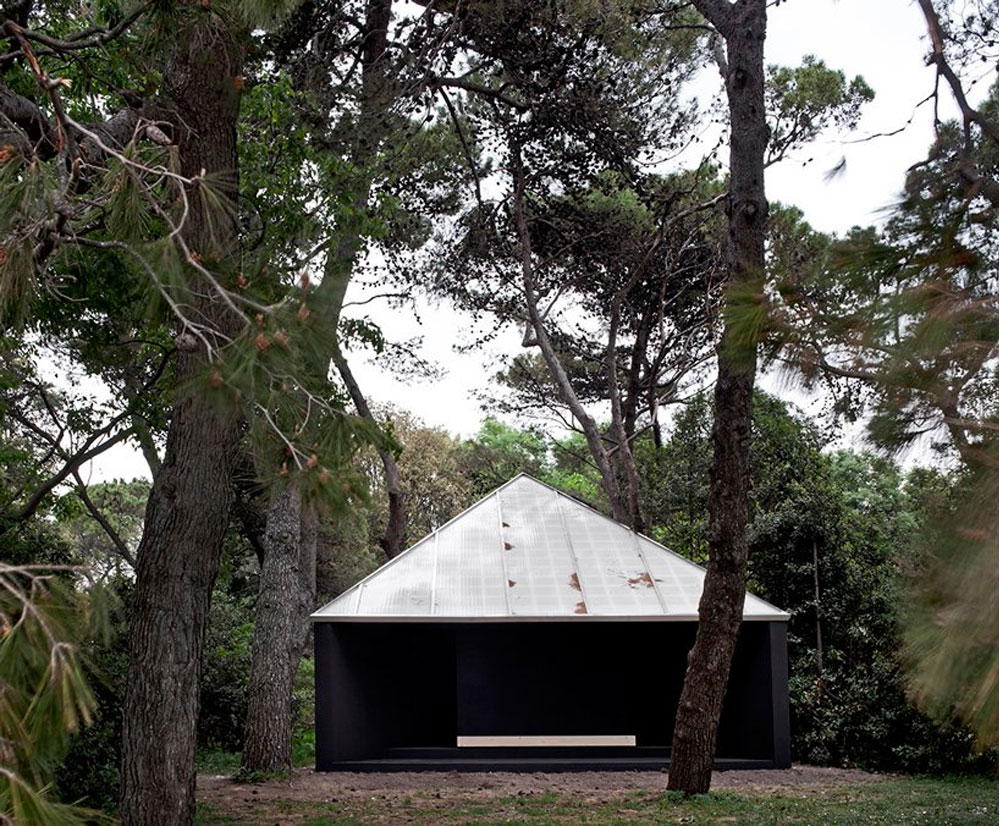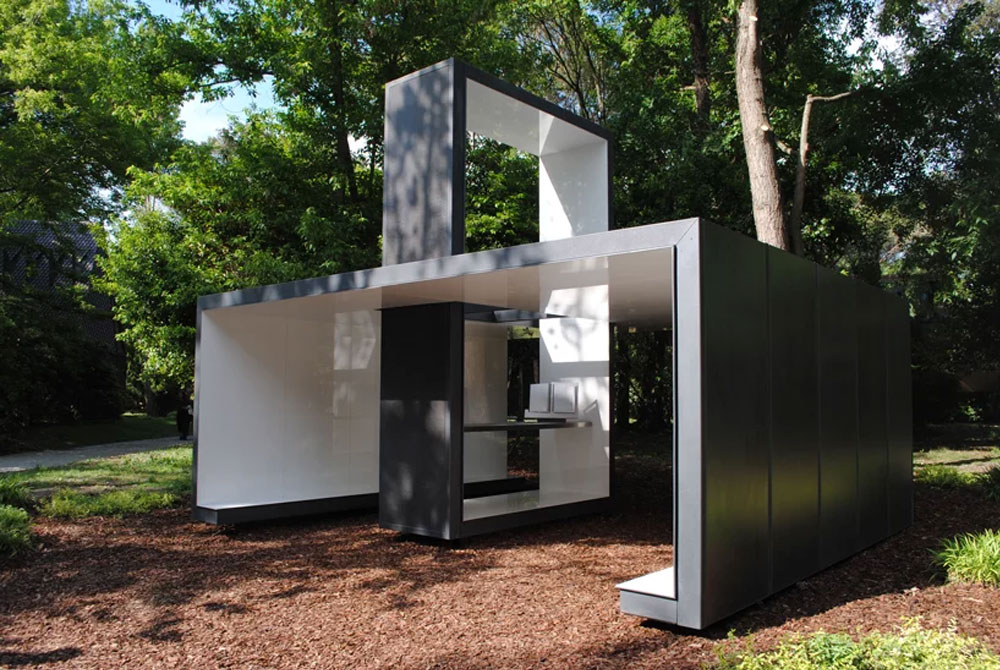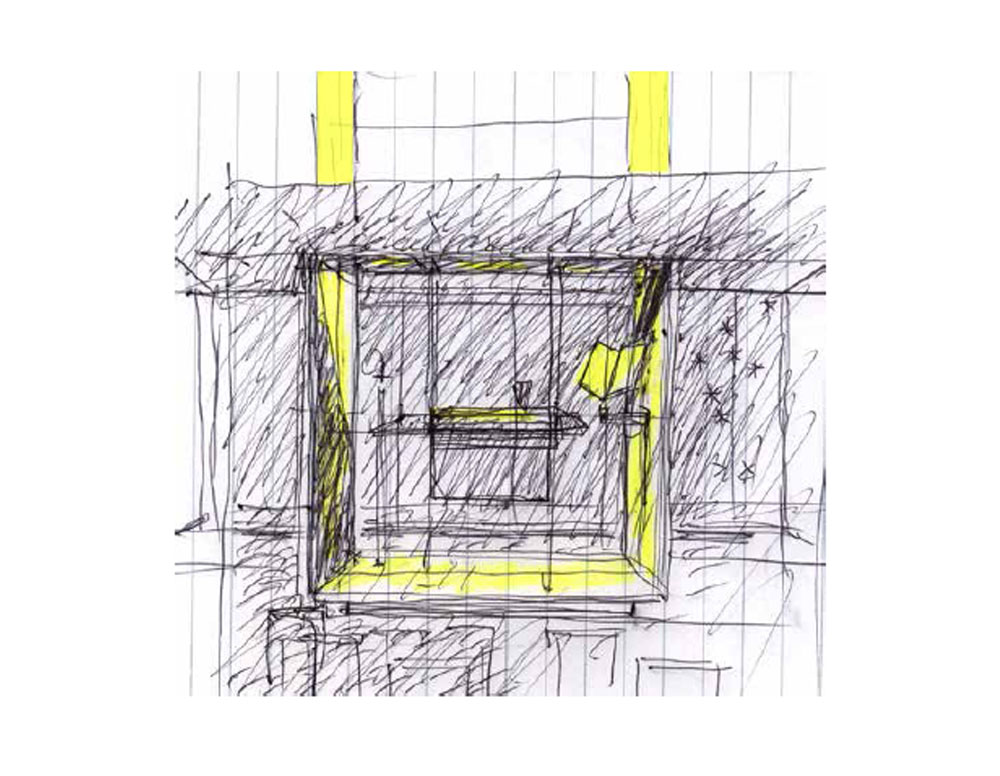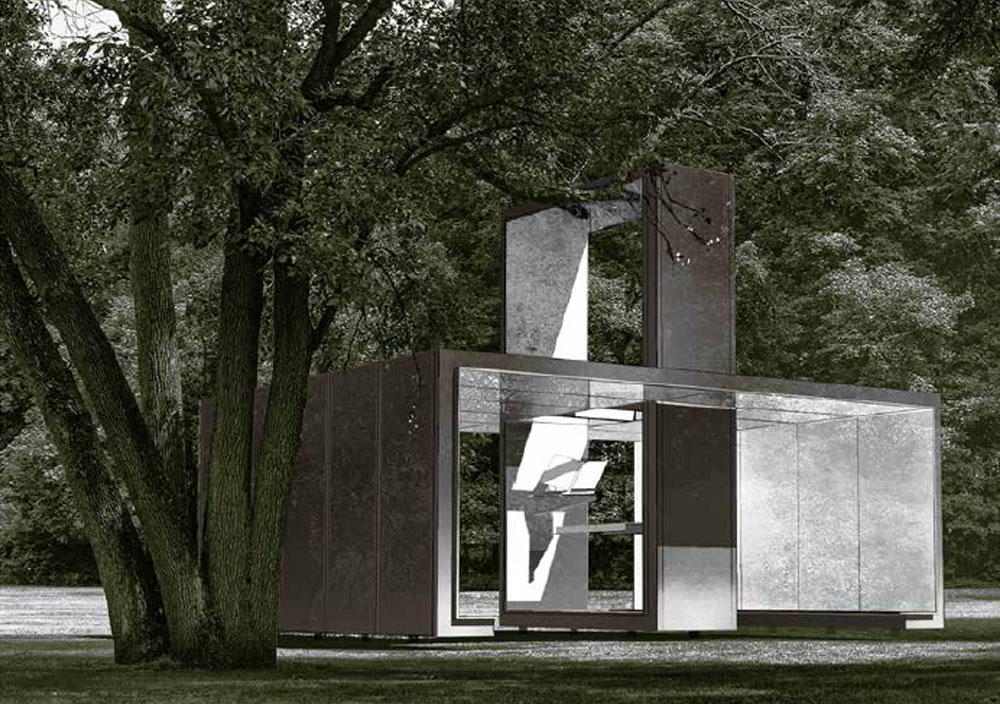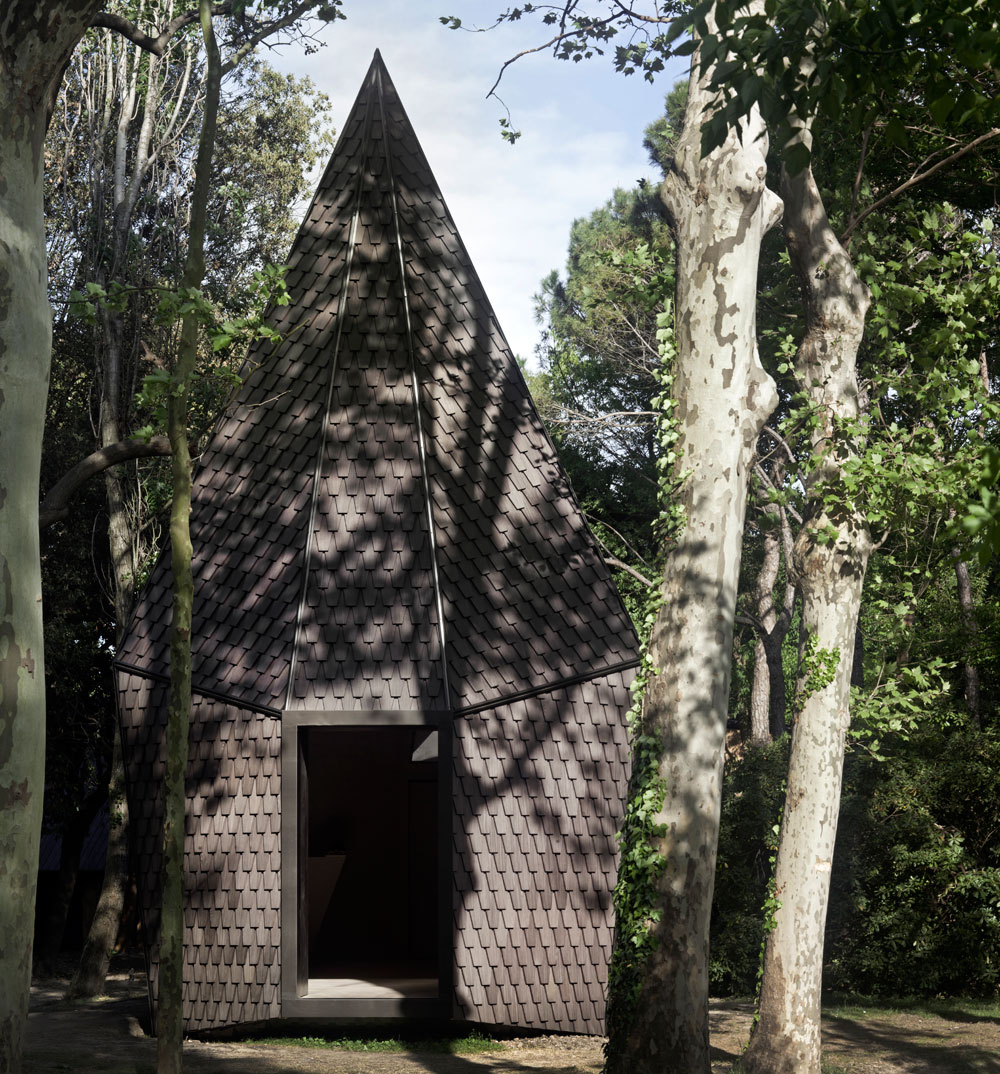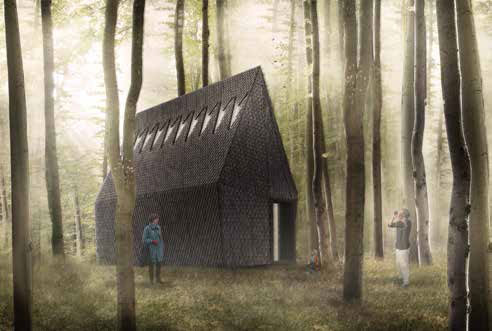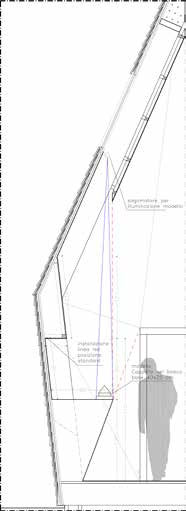The Vatican is participating in the Venice Architecture Biennale, for the first time ever, with a proposal that is an updating of the old theme of religious propaganda, using a series of ten chapels designed by signature architects that are scattered within a wooded area on the island of San Giorgio Maggiore like stations of a contemporary Way of the Cross, and drawing inspiration from Asplund’s renowned Woodland Chapel, a replica of which has been constructed. The Holy See Pavilion is being curated by Francesco Dal Co, who has invited ten architects of note, imposing no conditions on their creativity other than that they address two essential liturgical functions: to allow reading of the Scriptures, and to provide an altar for the celebration of the Eucharist. The Spanish team Flores & Prats, the Portuguese Souto de Moura, the Paraguayan Javier Corvalán, the Brazilian Carla Juaçaba, and the Chilean Smiljan Radic are among those who have been invited to take part in the event, although there is no doubt that the most prominent figure is Norman Foster, whose pavilion presents three concatenated crosses and has taken the form of a delicate tensegrity structure clad with wooden lattices. Dal Co’s Vatican chapels – which are perhaps an architectural expression of the new winds blowing through the Holy See of late – will probably be the most talked about feature of the 16th Venice Architecture Biennale, curated by the Irish firm Grafton Architecture under the title ‘Freespace’ and open from 26 May to 25 November.
